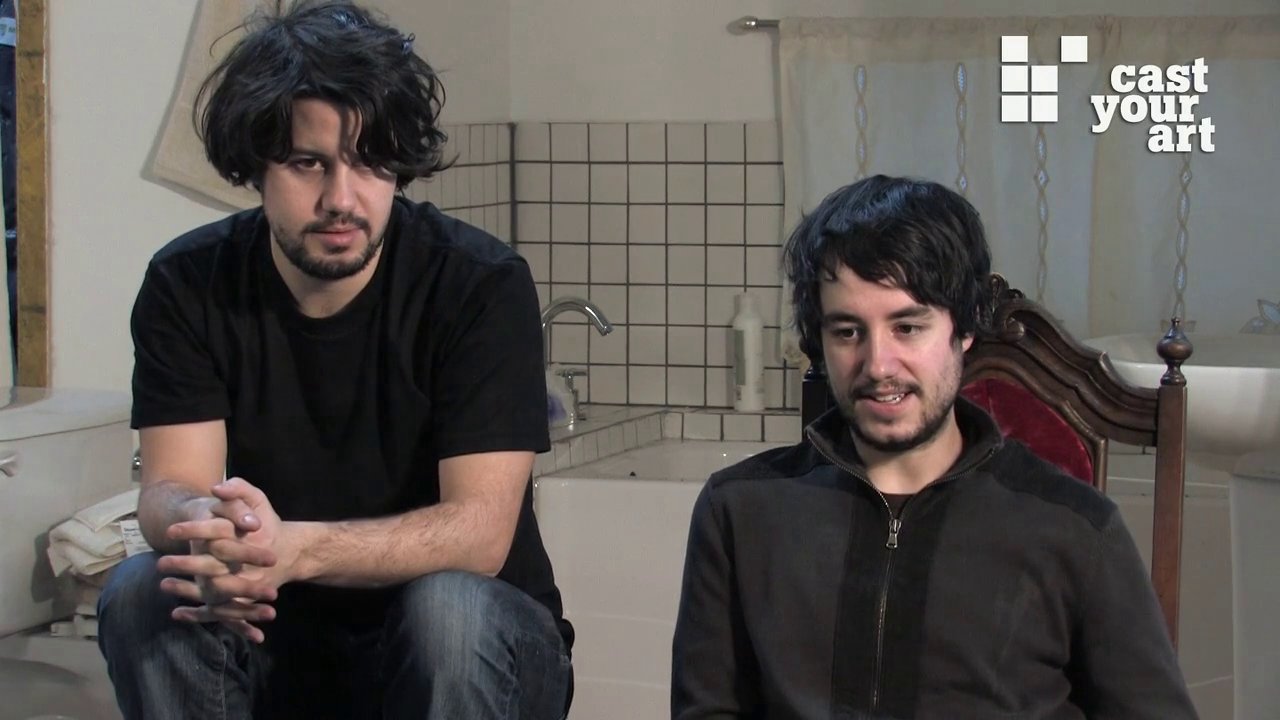Think Global, Build Social! - Architectures for a Better World
The Architekturzentrum Wien presents in its new exhibition examples of social and sustainable architectur. The exhibition “Think Global. Build Social! Architectures for a Better World” has been produced in cooperation with the Deutsche Architekturmuseum.
More and more people live in cities. In Latin America and the industrialized world more than 70 percent of the population lives in urban areas, with an increasing number of them living in slums, without affordable access to urbanism and architecture.
Curator Andres Lepik, director of the architecture museum in Munich, shows 22 examples of a socially committed architecture trying to improve the quality of life for underprivileged segments of the population in various regions of the world, with little financial but great creative effort.
For the exhibition, architects and their projects were chosen who committed in the long term and who involved local residents in the planning, the common denominator being the improvement of the quality of life for local people as a focus.
Among the examples there are schools, public spaces or dwellings – they often were built in a close cooperation with the future occupants and involving local building traditions. There are also interesting projects with Austrian involvement, like the Viennese association s2arch: Founded in 2004 by Christoph Chorherr, this NGO has implemented more than 40 social projects in South Africa. The architecture office gaupenraub +/- developed a number of projects for the homeless.
The goal of the projects by international architects shown in the exhibition is a connection between ethical, social and aesthetic criteria. The show is divided in five thematic blocks: culture, material, participation, dwelling and design.
Projects like a vocational school in Cambodia, a medical clinic in Rwanda or a school made of bamboo in Ecuador can be viewed by the visitor by means of large photographs and plans, as well as models, videos and original material, like the adobe forms from Emilio Caravatti’s school project in Mali.
This socially committed architecture tries to combine the functional purpose of the buildings with an aesthetically appealing design vocabulary. The results are buildings that are not only built according to ecological, economical and aesthetic criteria but also claim to be socially relevant. The implementation of the projects is often undertaken with limited financial input but a lot of initiative and creativity. Curator Andres Lepik considers that the role of the architects changes into one of an agent triggering the project.
The increase of international aid by the NGOs, global communication and the porosity of borders facilitate the latent desire of architects to have a perceptible social impact with their work. Lepik: “This is not top-down architecture, but rather bottom-up and it still has a certain ambition for good design. The search for solutions which are ambitious in design and socially convincing is not easy.”
The emphasis on simple construction techniques and sustainable design should enable the projects to have an impact on the surrounding communities and the larger society.
The resources of the communities that are otherwise neglected or wasted are taken advantage of in these projects. The inhabitants are confronted with their own social responsibility – as stakeholders, office-holders and members of a participatory civil society.
Therefore there is hope, in spite of periodical market crises and neglected urbanism; it depends on each individual and his commitment as a citizen on a local level. (Text written by Cem Angeli)
An exhibition-portrait by CastYourArt. | castyourart.com
https://azw.atDas könnte Sie auch interessieren

SEAN SCULLY. Eleuthera
25. June 2019
TONY CRAGG. Sculpture: Body and Soul (Part 1)
23. July 2022
Constantin Luser - Music soothes the savage beast…
3. March 2010
Inci Eviner - Art Sets Our Consciousness in Motion
10. February 2011
ANDREA KESSLER. Revolutions per Minute
20. February 2008
Rudolf Rischer - Of Drawing and Stage
23. February 2018
The Sanchez Brothers - Exposures of the Dark
4. February 2009
